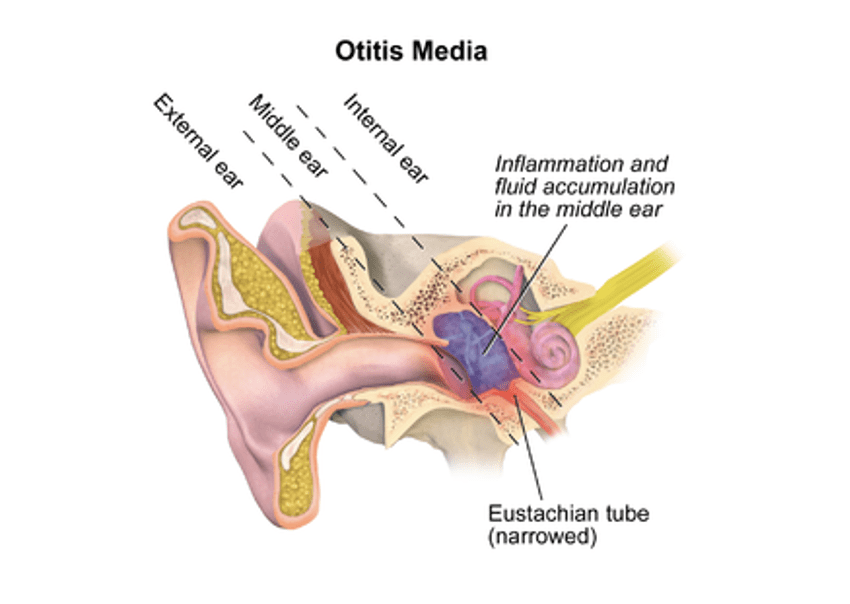What is Otitis Media? (Ear infections part 3)
How long will my child need to recover from Otitis Media? Within a few
Summer Sounds Await! Get your hearing checked & enjoy the sounds of summer.
Ask about a free video ear inspection & see what the doctor sees. It may just be earwax! Learn More


How long will my child need to recover from Otitis Media? Within a few

Why are ear infections more common in children than adults? Children are

Otitis media has historically been a common health issue, not just in the